Captain’s Log
“Are they going to have a collision?”
Prince Caspian asks this of his elderly mentor, Dr. Cornelius, in Prince Caspian, C. S. Lewis’s underappreciated second Narnian chronicle. The two have crept atop a tall astronomy tower to observe a rare conjunction of two stars: Tarva and Alambil.
“Nay, dear prince,” Dr. Cornelius whispers back. “The great lords of the upper sky know the steps of their dance too well for that.”
In Narnia, Aslan’s stars ‘dance’ to future realities
In our world, stars are made of flaming balls of gas. Their paths are fixed in our skies. Only the planets migrate to and fro, leading to occasional alignments or even conjunctions. In Narnia, we don’t hear of planets, only stars. (As readers learn later, “the great lords of the upper sky” are in fact quite literal, even conscious beings.)
“Look well upon them,” the doctor urges Caspian. “Their meeting is fortunate and means some great good for the sad realm of Narnia. Tarva, the Lord of Victory, salutes Alambil, the Lady of Peace.”
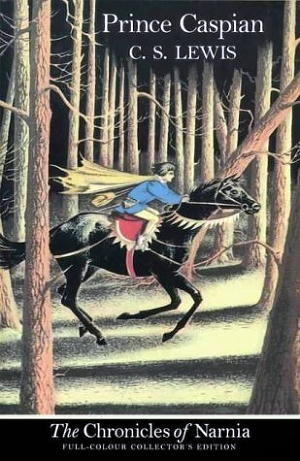 This part of Prince Caspian, and other references to stars’ courses affecting Narnia’s destiny, used to confuse me. Didn’t this sound too much like astrology? Wasn’t this another, well, troublesome element of Narnia—those pagan creatures that seemed to get away from Aslan’s influence and run wild, like Bacchus and river-gods?
This part of Prince Caspian, and other references to stars’ courses affecting Narnia’s destiny, used to confuse me. Didn’t this sound too much like astrology? Wasn’t this another, well, troublesome element of Narnia—those pagan creatures that seemed to get away from Aslan’s influence and run wild, like Bacchus and river-gods?
Fortunately, nonfiction works such as Michael Ward’s Planet Narnia help illuminate Lewis’s view of the skies. Lewis never sees stars or planets spinning on their own. Like all “gods” and “goddesses” in Narnia, the skies always submit to Aslan’s reign.
Thus, any stars movements in Narnia reflect landbound reality only because, in that world, Aslan has decreed this. Such rules may or may not “transfer” to our world.
But what if this “magic” did come here? If so, did we see this occur just this month?
In our world, Jesus guides planets and their myths
Alas, this December, well-meaning and/or clickbait headlines lit up with half-truths.
“Jupiter and Saturn are about to align in the sky!” True.
“This event is just like the Star of Bethlehem!” False.
Scripture never says the planets or stars aligned to create the ancient Star.1 Still, that’s a fantastic fan theory that doesn’t overtly contradict Scripture. I’m open to that. I’m also open to some kind of non-astrological, non-predictive idea of the stars (ancient or current) somehow “reflecting the gospel.”
In either case, the December 2020 conjunction didn’t create such light as Scripture describes the Star in Matthew 2. Both bodies never even visibly “touched.”
As I watched Jupiter and Saturn align, I was more touched by medieval myths about these planets. Greek legends and then middle-ages cosmology have built centuries of associations with these celestial bodies and their mythological namesakes. 2
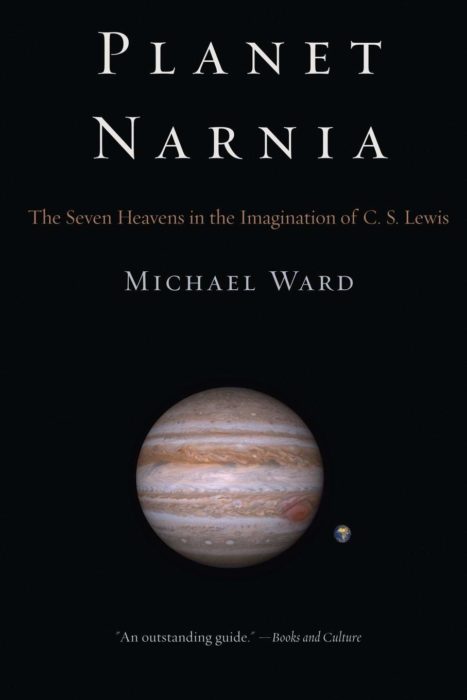 For instance, Jupiter, or Jove, influenced kingliness, the element of gold, and joy.
For instance, Jupiter, or Jove, influenced kingliness, the element of gold, and joy.
Its neighbor, Saturn, influenced winter (like Saturnalia), death, and aging/time.3
If you think like a Narnian, Jupiter’s and Saturn’s meeting on the very winter solstice, the start of Saturn’s influence, reflects more than Bible fan theories about the Star.
That night of Dec. 21, I stood in my homestead’s front yard with family in the chilled darkness. We were struggling in our own ways with the threats of winter. We fought to hold onto joy at Christmas. Far away in the sky, looming distant between dead tree branches, Jupiter (to the left) and Saturn (to the right) very nearly touched.
Mythologically speaking, this was Saturn’s “day.”
Jupiter’s influence still loomed larger.
No. Wintry death would not have a collision with kingly joy.
Saturn may reign for a season, bringing death and suffering to the Earth.
But this ancient “father” of time can’t ultimately touch Jupiter.
Not this month. Not this year. Not for forever.
Instead, the true God of eternal joy, Jesus Christ, has promised to engulf death in victory. Until then, his providence guides all the planets and even the mythologies that have built up around these spheres.
For anyone secure in the Gospel, free of astrological temptations, and comfortable with such “coincidences,” this is a fantastic reflection of Christ’s rulership in all things. Our epic Lord of the upper sky knows the dance of every star and planet, for He himself is their great Choreographer.
- Our first Fantastical Truth podcast episode, last January, explores this theory, on the way to sharing Patrick Carr’s biblical-historical novel The End of the Magi. Listen to Fantastical Truth episode 1: What If the Three Wise Men Actually Wanted to Crown a King? | The End of the Magi. ↩
- As Ward in Planet Narnia indicates, Lewis himself was steeped in the scholarly universe of medieval images and languages. That’s probably why Lewis couldn’t help basing each Narnia chronicle on particular medieval imagery. For example, Prince Caspian uses martial themes, and The Magician’s Nephew is influenced by Venusian images, right down to maternal love, fertility, and the birth of a whole world. ↩
- In Planet Narnia, Ward cites an earlier draft of Lewis’s The Last Battle in which Father Time is actually called “Saturn,” the very influence of this story about wintry death. ↩






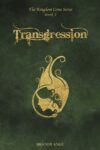


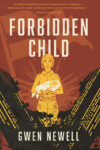



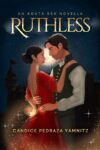
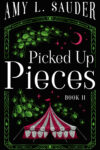
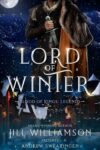

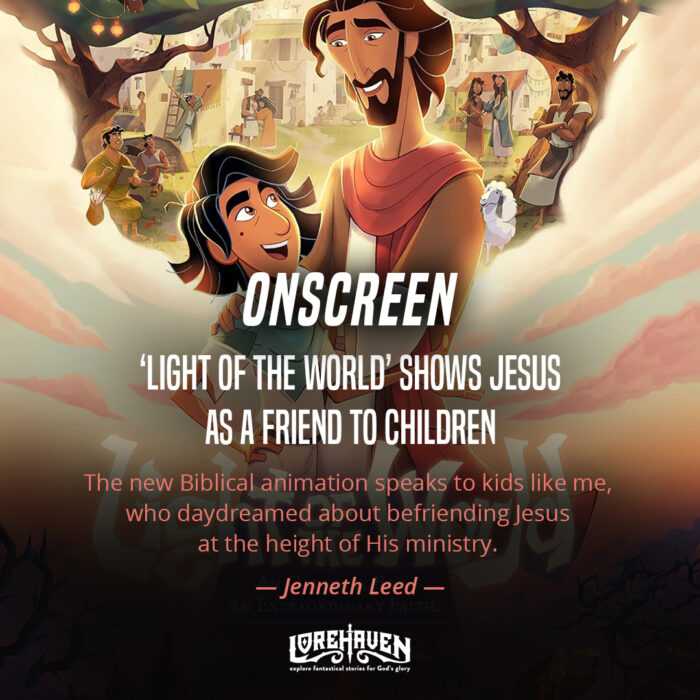
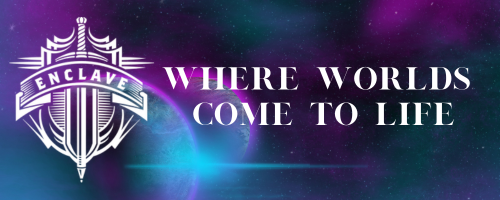


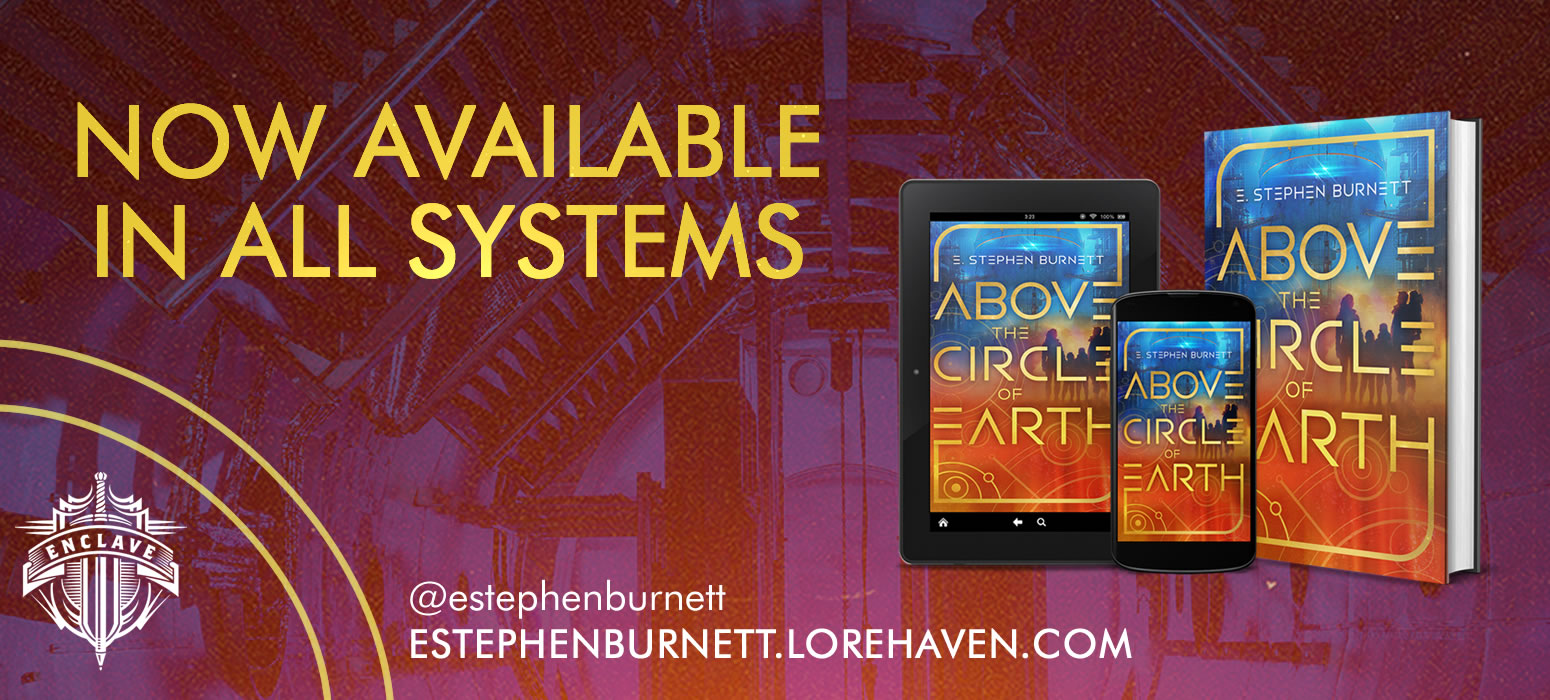





Share your fantastical thoughts.